Tag: Larps
-
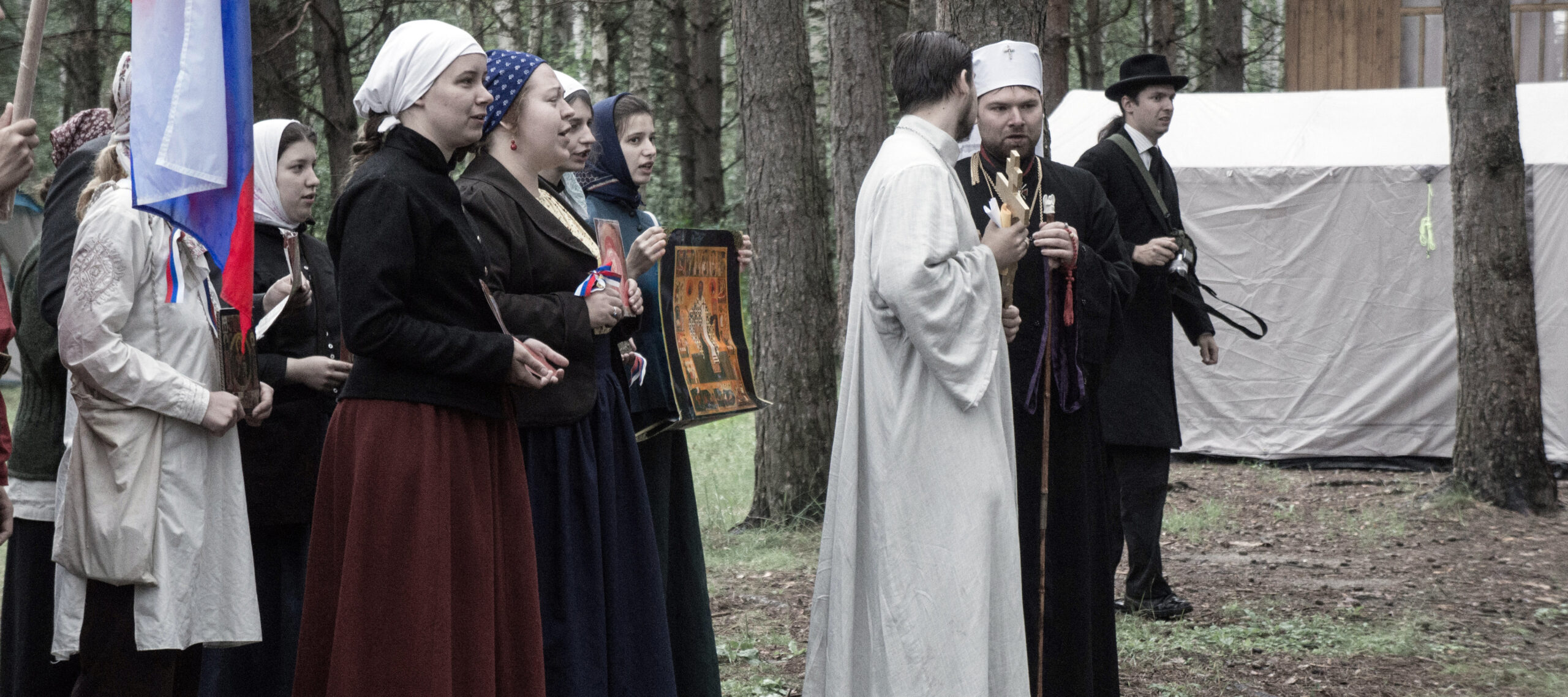
Starting a Russian Revolution
A visit to Russian “Larp-poem 1905” to do living history and dream of changing the past Have you heard about the Russian revolution of 1905? Don’t be embarrassed if you haven’t, it’s not that well known, not even Russians talk much about it. Yet, it was an interesting and decisive time in Russian history and,
-
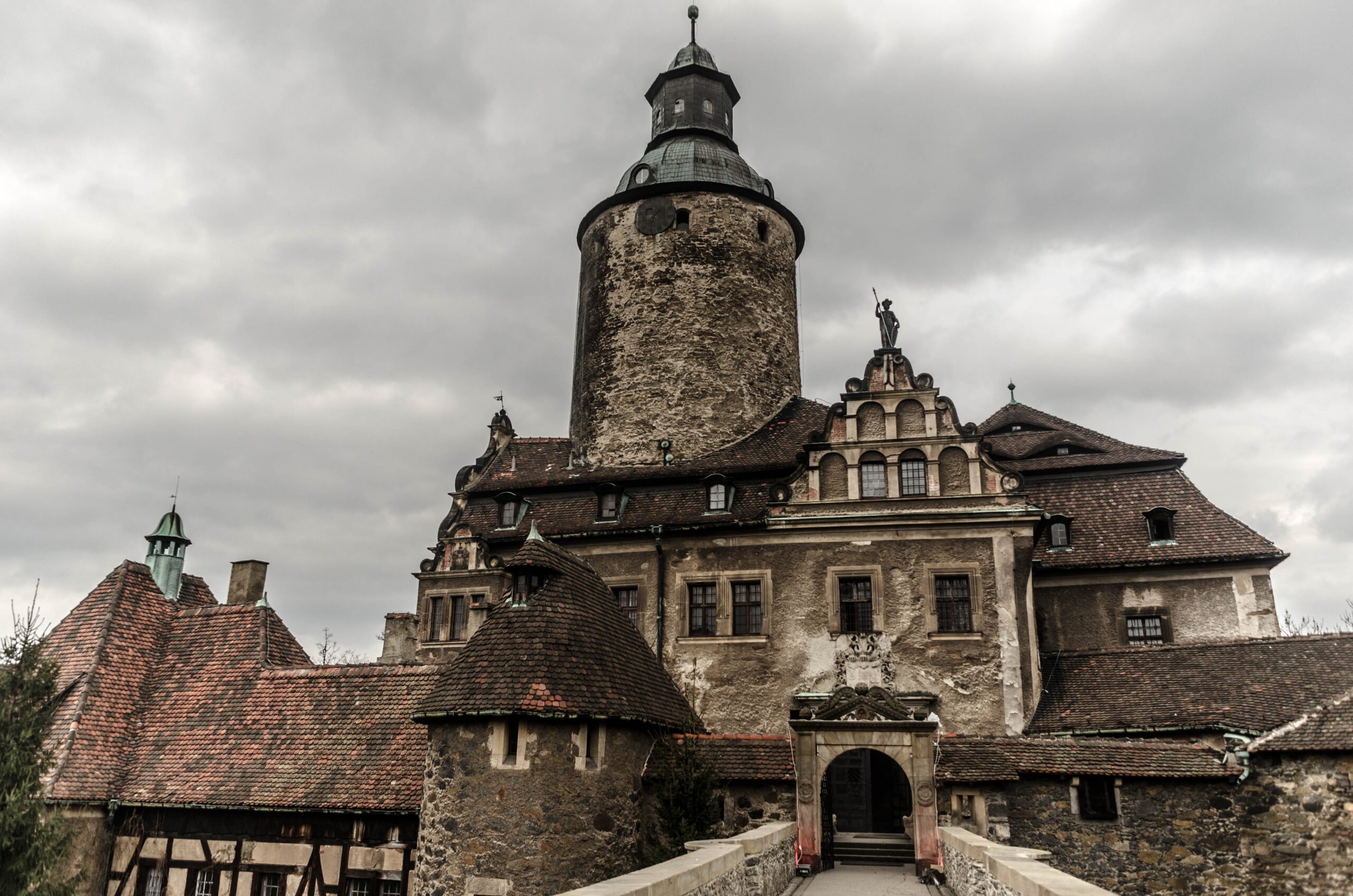
College of Wizardry 2014 Round-up
College of Wizardry is a Harry Potter themed larp made by the organizations Rollespilsfabrikken (Denmark) and Liveform (Poland). You can read more about the individual team members at the College of Wizardry Team page. The larp is set in the beautiful Polish Czocha Castle and the first run was helt in November 2014 with follow-ups planned for April
-
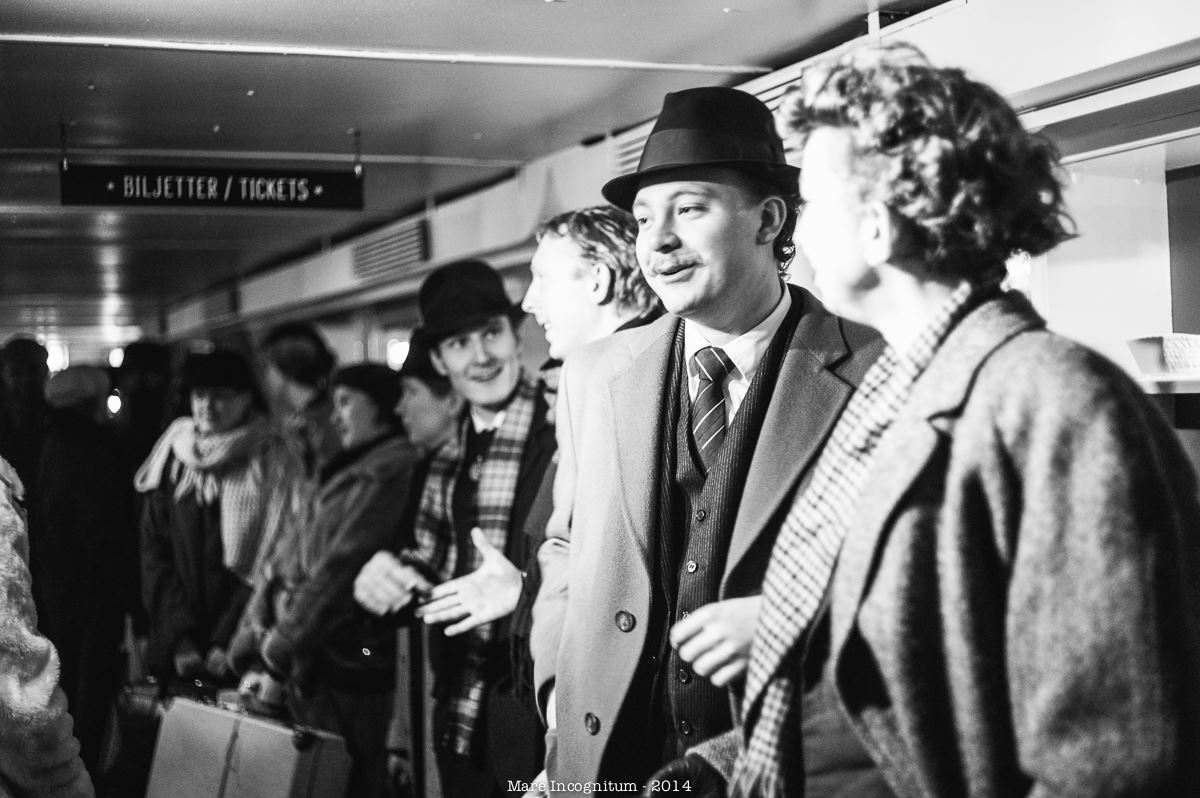
Photo Report: Mare Incognitum
Mare Incognitum was a Swedish Lovecraftian horror larp set on a ship (familiar to visitors to Monitor Celestra) in the 1950s. It was organized by Berättelsefrämjandet and had 78 players, spread over three runs, from Sweden, Norway, Denmark, Finland, Estonia, Spain, UK and the US. All three runs were held during the weekend of 28-30
-
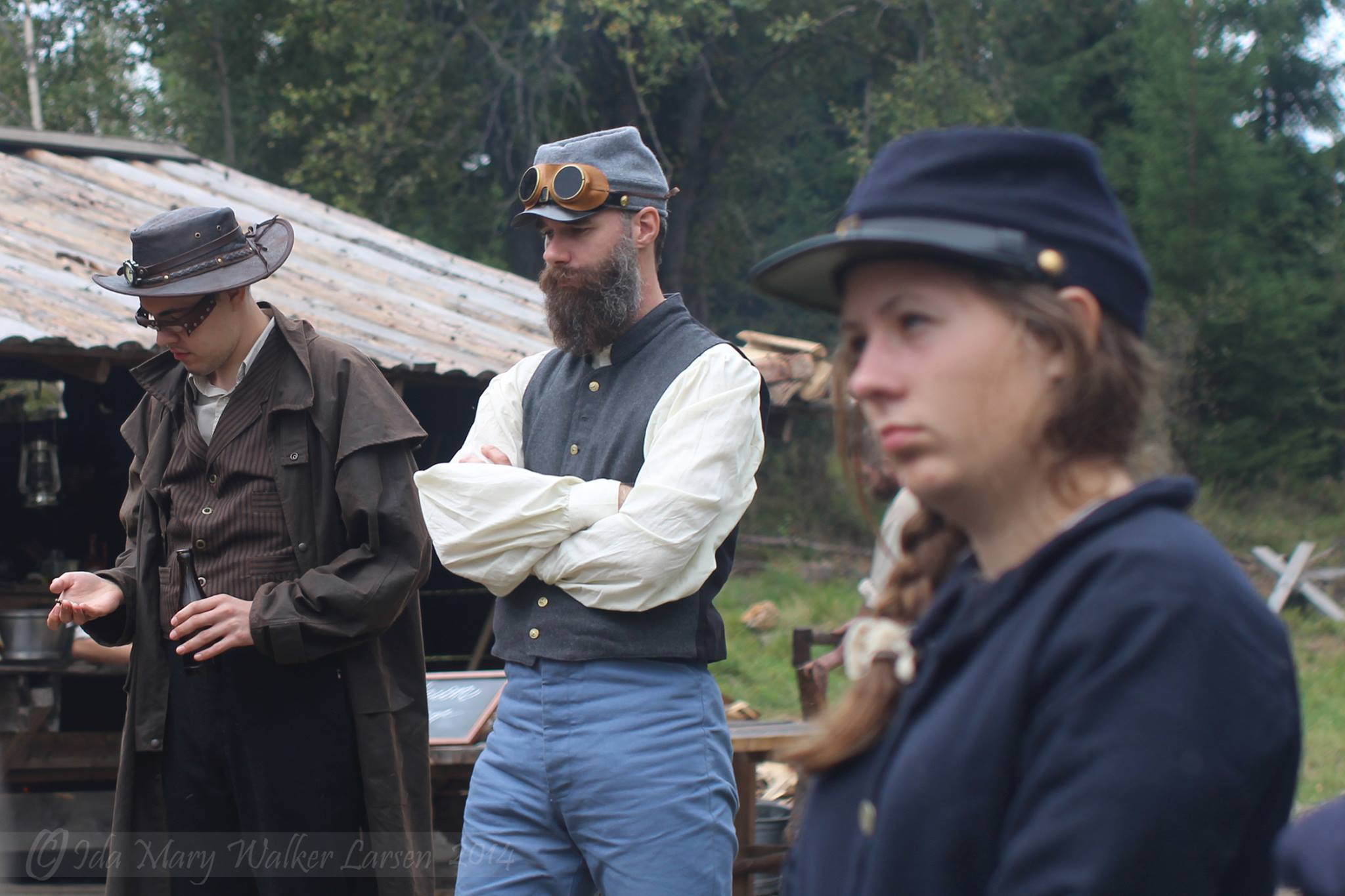
Larp Report: Clockbottom
in
A journey through horror, steampunk and mystery Clockbottom was a larp set in America during the Civil War, with a steampunk twist and elements of horror. About 120 participants from seven different countries gathered during one weekend of September to act out the mysteries in the mining town of Clockbottom. Myself, I played the village’s
-
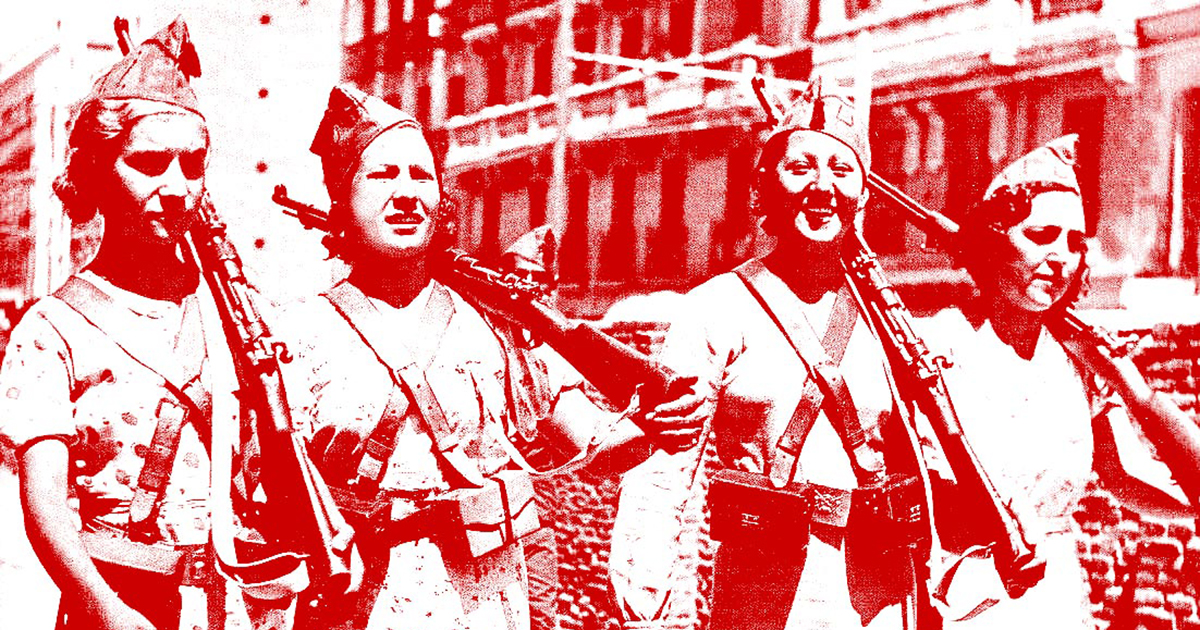
Flowers from Exile Sign-Up Open
in
Sign-up has opened for the Swedish larp Flowers from Exile. The larp will be played in English and first time larpers are very welcome. Read more and sign up here: http://beratta.org/flowersfromexile/signup
-
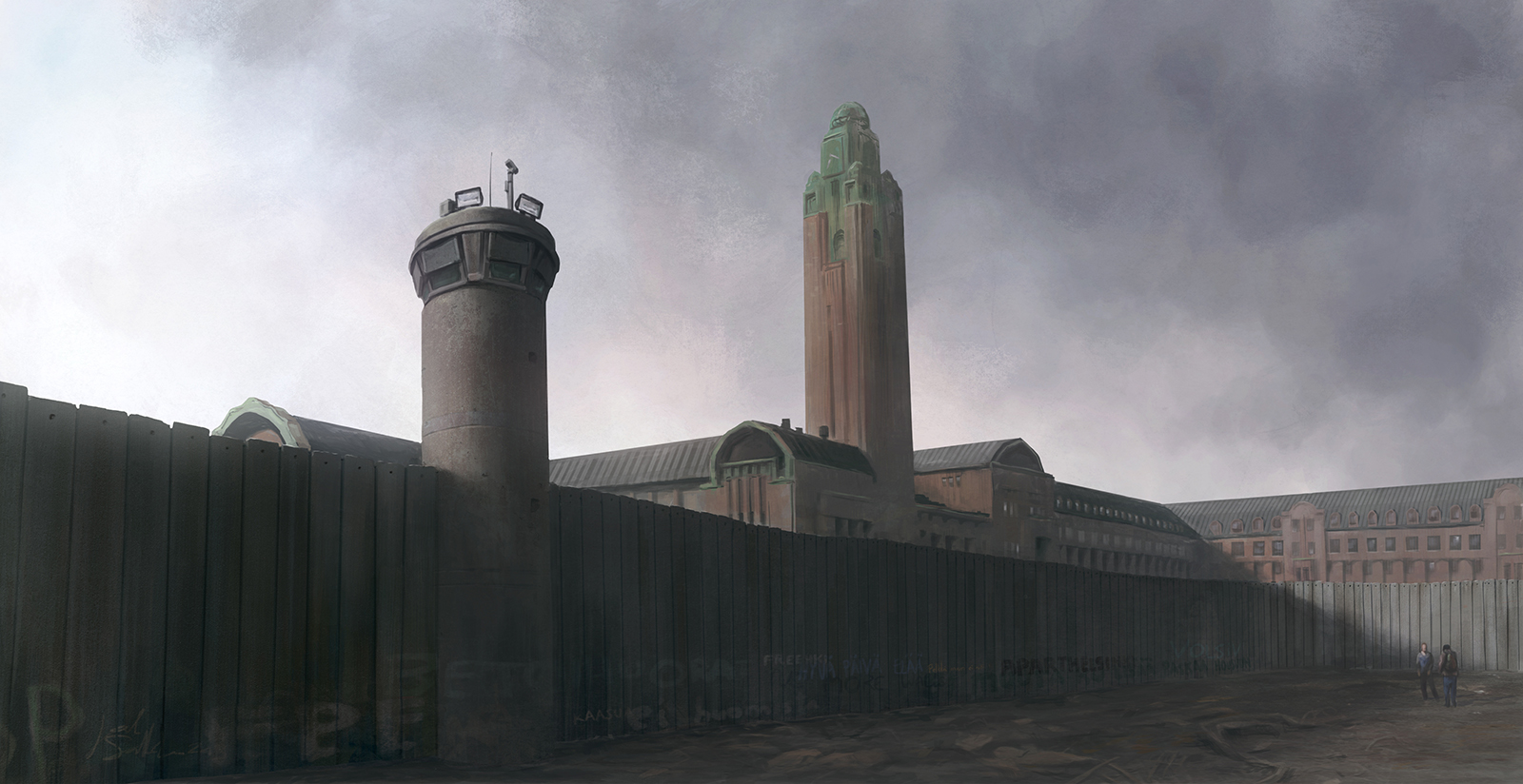
Sign-up Open for Halat Hisar (State of Siege)
in
Halat hisar, or State of Siege, has been covered on this site before. The sign-up for the Finnish/Palestinian cooperation has now opened: http://nordicrpg.fi/piiritystila/practical/sign-up/ Read more about the larp on their website: http://nordicrpg.fi/piiritystila/
-
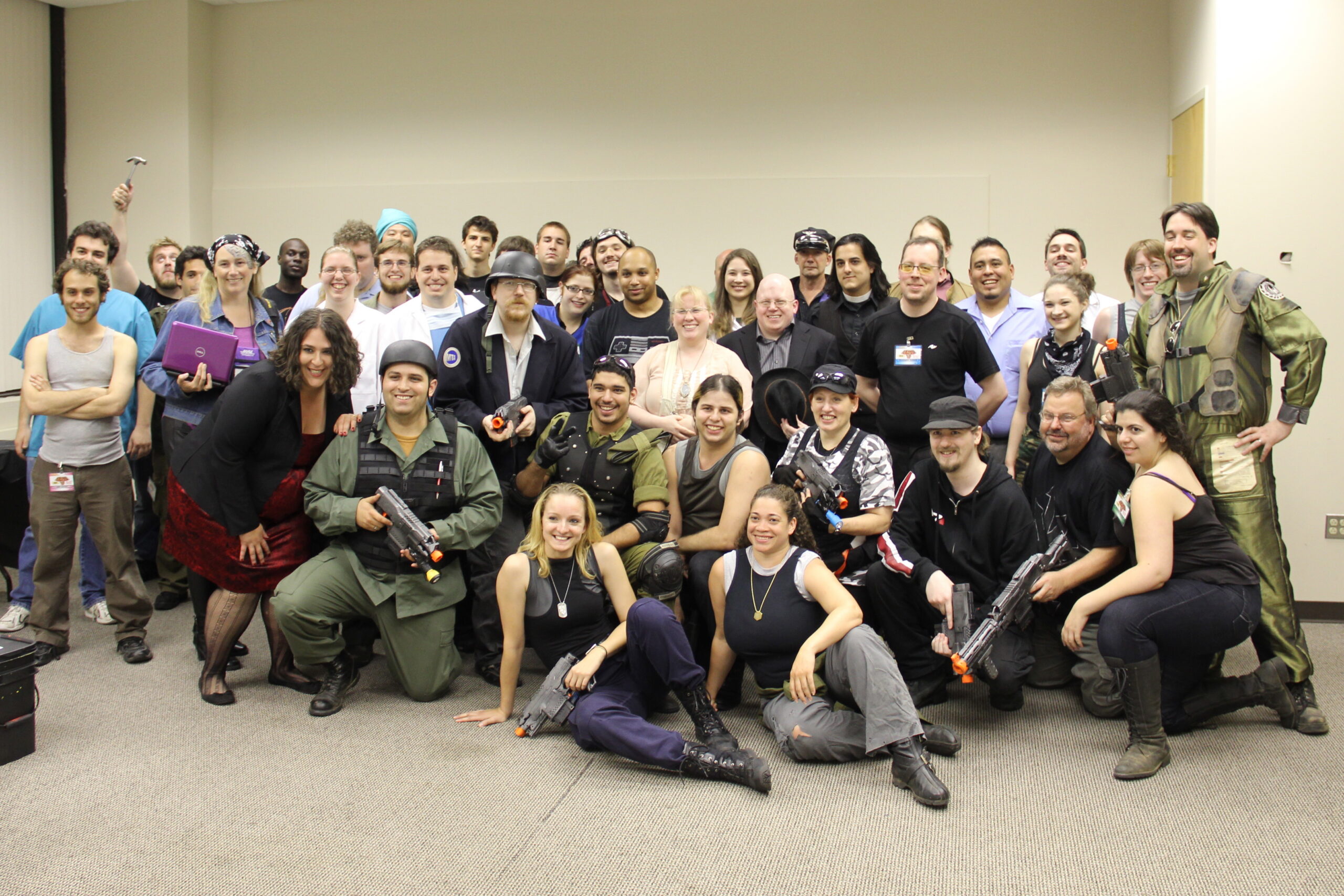
Nordic Style Battlestar Galactica Larp in the US
American larpwrite Shoshana Kessock has written a report from a Battlestar Galactica larp she took part in writing and organizing at a recent convention. Here is a small excerpt from the text: Tales of the Rising Star was an ambitious idea inspired by the amazing work done by the Monitor Celestra team overseas and fantastic
-

State of Siege – A Palestinian-Finnish larp project
in
Last August the larp Till Death Do us Part was organized as a cooperation between Norwegian and Palestian larp designers. It was the first bigger Palestian larp project and since then many projects has has happened in and in connection to the emerging Palestinian larp community.
-
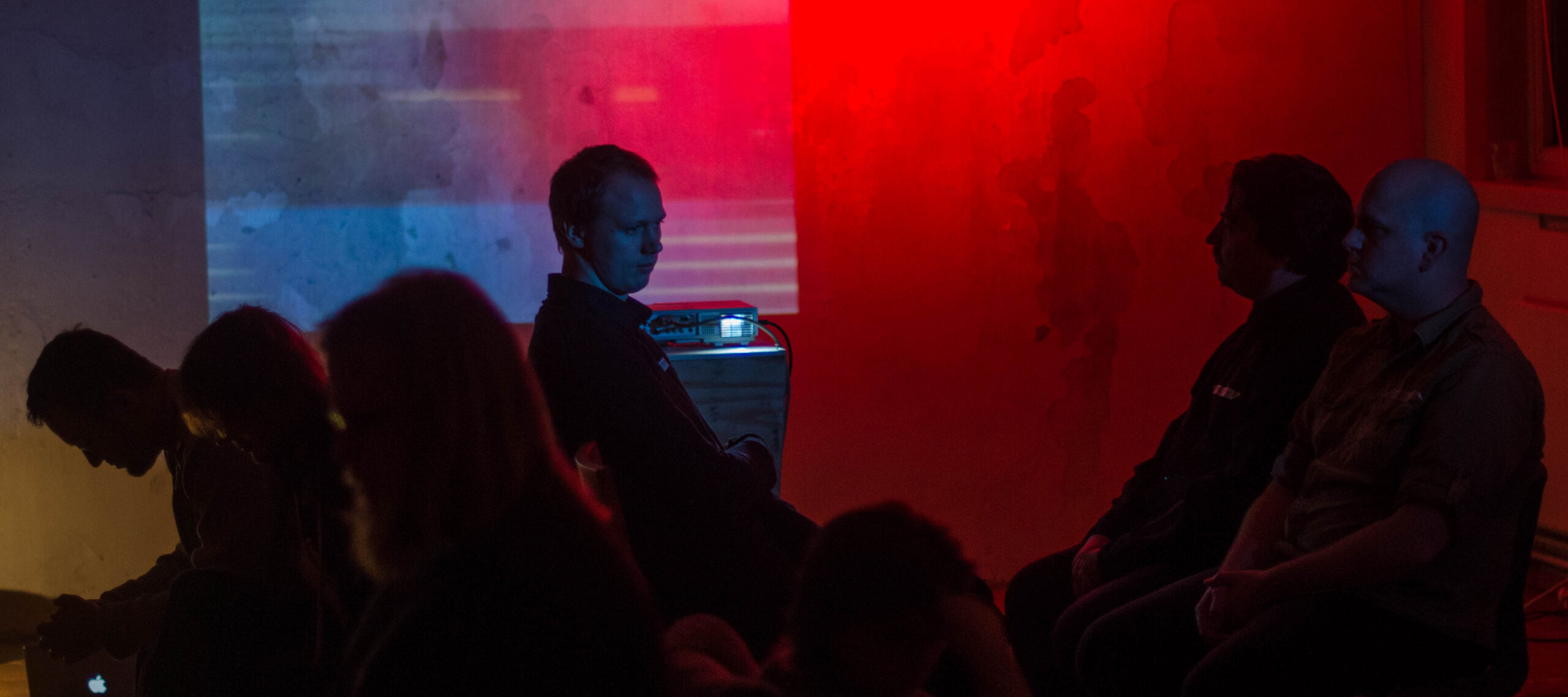
Nordic Larp Calendar
in
Nordic Larp Calendar is a way to find out what is happening in the larp world. We’re working on adding some more appropriate fields and opening up a page for public submissions, but until then you can email us information on larps and events to add on: contribute@nordiclarp.org You can find the calendar at the
-

PanoptiCorp 2013
in
PanoptiCorp 2013: A satirical larp about an advertising agency is a larp organised by Rollespilsakademiet in Denmark in June. They summarise the larp with these words: PanoptiCorp is meant to be a satirical reflection of the early 21st century, seen through the eyes of a trendier-than-thou transnational advertising/PR corporation. Central concepts for the larp are: